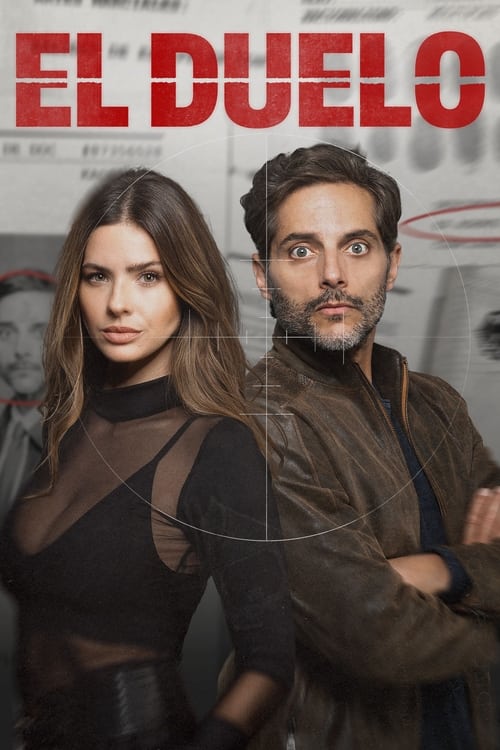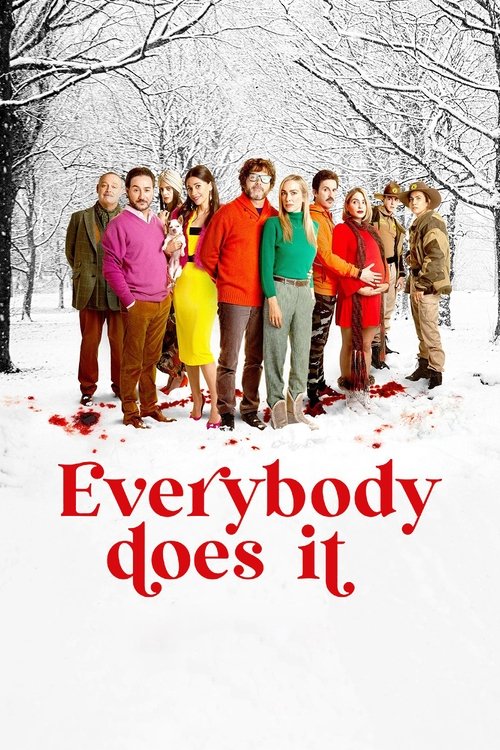
Ask Your Own Question
What is the plot?
What is the ending?
In the ending of "Dos corazones," the story culminates in a poignant moment where the lives of the two main characters, a young woman named Valentina and a man named Julio, intertwine in a life-altering way. Valentina, who has been struggling with her health, receives a heart transplant from Julio, who has tragically passed away in an accident. The film concludes with Valentina embracing her new life, filled with hope and gratitude, while Julio's family finds solace in knowing that his heart continues to beat in her.
Now, let's delve into the ending in a more detailed narrative fashion.
As the film approaches its climax, the atmosphere is heavy with tension and emotion. Valentina, portrayed as a vibrant and determined young woman, has been battling a severe heart condition that has limited her life. She is shown in a hospital room, surrounded by her family, who are visibly anxious yet hopeful as they await news about her potential heart transplant. The camera captures her frail appearance, juxtaposed with her fierce spirit, as she clings to the hope of a new beginning.
Meanwhile, the narrative shifts to Julio, a passionate and adventurous young man, who is seen enjoying life to the fullest. He is depicted in scenes filled with laughter and camaraderie, showcasing his love for life and the people around him. However, this joy is abruptly shattered when he is involved in a tragic accident. The scene is heart-wrenching, as the camera lingers on his family's devastation, capturing their grief and the sudden void left by his absence.
In the following scenes, the film transitions back to Valentina, who is anxiously awaiting the call that will change her life. The tension builds as the hospital staff prepares for the surgery. The audience can feel her fear and uncertainty, but also her determination to fight for her life. When the call finally comes, the atmosphere shifts from anxiety to urgency. Valentina is wheeled into the operating room, and the scene is filled with bright lights and the sterile sounds of medical equipment, emphasizing the gravity of the moment.
As the surgery unfolds, the film intercuts between Valentina's operation and flashbacks of Julio's life, highlighting his dreams and aspirations. The emotional weight of these scenes is palpable, as viewers witness the stark contrast between life and death. The surgical team works diligently, and the tension is almost unbearable as they strive to save Valentina's life with Julio's heart.
After the surgery, Valentina awakens in her hospital room, disoriented but alive. The first moments are filled with confusion, but as she begins to grasp the reality of her situation, a wave of emotions washes over her. She is alive, but the weight of knowing that someone else has lost their life for her to live is heavy on her heart. The camera captures her tears, a mixture of joy and sorrow, as she contemplates the sacrifice made for her.
In the final scenes, Valentina is shown recovering and gradually regaining her strength. She is surrounded by her family, who celebrate her new lease on life. The film poignantly illustrates her journey of healing, both physically and emotionally. In a powerful moment, she visits Julio's family, where they share their grief and gratitude. This scene is filled with raw emotion, as both families connect over their shared loss and the new life that has emerged from tragedy.
The film concludes with Valentina standing in a sunlit park, a symbol of hope and renewal. She places her hand over her heart, feeling the rhythm of Julio's heart within her. The final shot lingers on her face, a mixture of determination and gratitude, as she embraces the future with a newfound purpose. The screen fades to black, leaving the audience with a sense of closure and reflection on the interconnectedness of life and the profound impact of love and sacrifice.
In summary, Valentina emerges with a second chance at life, while Julio's family finds comfort in knowing that his spirit lives on through her. The film encapsulates themes of love, loss, and the resilience of the human spirit, leaving a lasting impression on the audience.
Is there a post-credit scene?
In the movie "Dos corazones," there is no post-credit scene. The film concludes its narrative without any additional scenes or content after the credits roll. The story wraps up with a focus on the emotional journey of the characters, particularly highlighting themes of love, sacrifice, and the interconnectedness of their lives. The absence of a post-credit scene allows the audience to reflect on the poignant moments and the resolution of the characters' arcs as the film comes to a close.
What is the significance of the two hearts in the title 'Dos corazones'?
The two hearts symbolize the deep emotional connection and the intertwined fates of the main characters, particularly the love story that unfolds between them, highlighting themes of sacrifice and destiny.
How does the character of the doctor influence the main storyline?
The doctor serves as a pivotal character who not only provides medical assistance but also acts as a moral compass, guiding the protagonists through their emotional struggles and decisions, ultimately impacting their choices and the direction of the plot.
What challenges do the main characters face in their relationship?
The main characters face numerous challenges, including societal pressures, personal insecurities, and health crises that test their love and commitment to each other, creating a tension that drives the narrative forward.
How does the setting affect the characters' development in 'Dos corazones'?
The setting, which shifts between vibrant urban landscapes and intimate, personal spaces, reflects the characters' emotional states and growth, serving as a backdrop for their struggles and triumphs in love.
What role does family play in the characters' decisions throughout the film?
Family dynamics play a crucial role in shaping the characters' decisions, as they navigate expectations and obligations that often conflict with their personal desires, adding layers of complexity to their relationships.
Is this family friendly?
"Dos corazones," produced in 2020, is a romantic drama that explores themes of love, sacrifice, and the complexities of life. While the film is generally suitable for a family audience, there are a few aspects that may be considered objectionable or upsetting for children or sensitive viewers:
-
Emotional Turmoil: The film delves into deep emotional struggles, including themes of loss and heartbreak, which may be intense for younger viewers.
-
Health Issues: There are scenes that depict serious health challenges faced by the characters, which could be distressing for those sensitive to medical situations.
-
Romantic Relationships: The film includes romantic elements that may involve mature themes, such as longing and unrequited love, which might not be fully understood by younger audiences.
-
Tension and Conflict: There are moments of conflict between characters that may create a sense of tension, which could be unsettling for some viewers.
-
Life-Altering Decisions: The characters face significant life choices that carry emotional weight, potentially leading to discussions about mortality and sacrifice.
Overall, while "Dos corazones" is not overtly graphic or violent, its emotional depth and mature themes may require parental guidance for younger viewers.
























